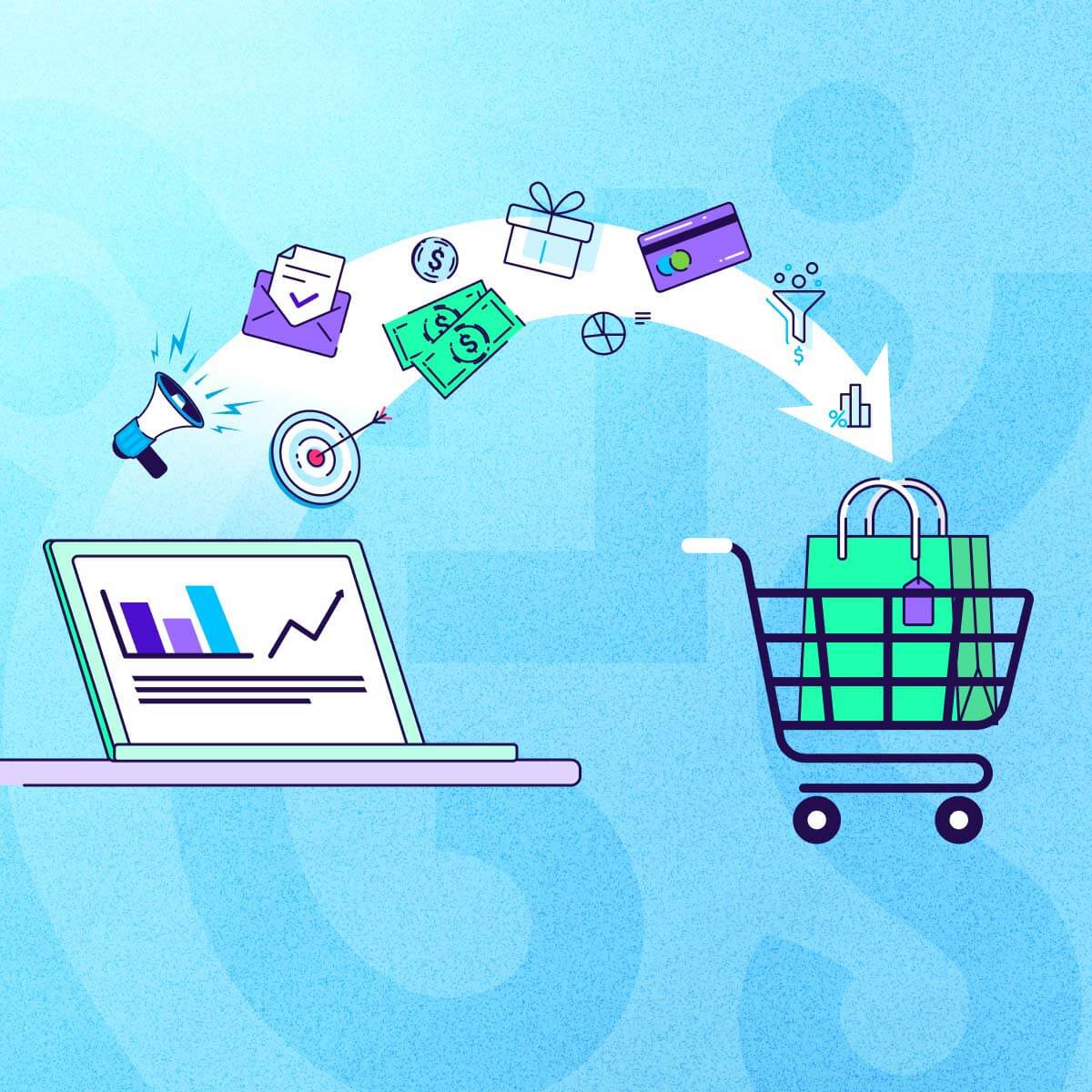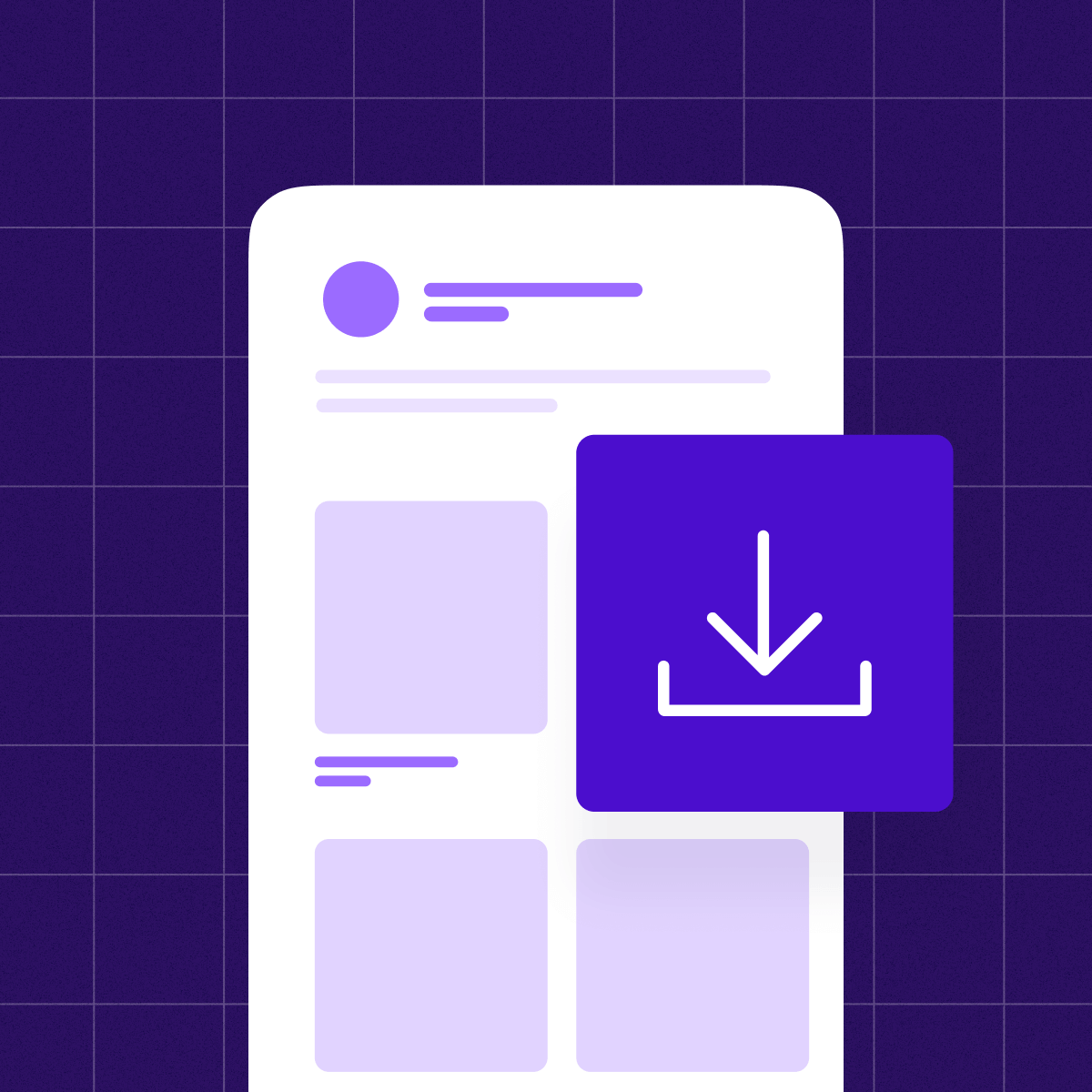
5 reasons web-to-app should be on your radar

During 2020, with the enforcement of iOS 14 privacy regulations on the horizon and a noticeable rise of web touchpoints in user journeys, AppsFlyer redoubled its investment in web-to-app funnels.
Enabling customers to benefit from web-to-app has, of course, come alongside our continued efforts to provide airtight security and privacy and innovate on the attribution front to mitigate the impact of Apple’s iOS 14 announcements on customers.
In a recent blog, we showed how and why the web is becoming more important as a funnel touchpoint both for users and advertisers. That blog introduced five reasons that advertisers are showing more interest in the web. In this blog, I’ll provide more details on those five points.
What is web-to-app?
But before I elaborate on the five points, let me define what we mean by web-to-app. Web-to-app describes the journey – often direct – taken by an end-user from an advertiser’s website to their app.
It’s worthwhile showing a typical web-to-app journey involving web banners to make things clearer. Web banners, such as Smart Banners, allow brands to display sleek content and creatives on their mobile site that ultimately encourage users to download the app.
In very general terms, there are two Smart Banners user flows:
- An existing app user clicks on the banner and is sent to in-app content directly, accomplished with deep linking.
- A new user experiences what is known as deferred deep linking. They click on the banner, proceeding first to an app store to download and install the app before heading to the right in-app content.
As you can see from the flow below, the user journeys from a mobile website to an app, hence web-to-app (W2A). This W2A flow demonstrates high conversion, with customers experiencing average click-through rates of about 4.5%, and conversion (click-to-install) rates of nearly 30%.

Smart Banners are just one example of a W2A tool working well for our customers’ user acquisition efforts.
Why web and web-to-app are so relevant for advertisers
We all know that mobile devices play a huge role in our daily lives.
We use our mobile devices to socialize, pay our bills, play games, snap photos, arrange our schedule, and even to make a call now and again.
And in contrast to the predictions that mobile web usage will become less important to advertisers, installs with web touchpoints nearly doubled during 2020. Though this trend was evident even prior to COVID-19, the pandemic made the importance of the web even more pronounced.
The image above refers to apps that were live throughout the measured timeframe. We see this across various industries and regions, as well as businesses of different sizes.
We’ve also observed our more advanced customers respond by using existing web campaigns, and trying to engage with users to download the app when they enter their mobile site. Still others have created landing pages in order to better engage with web traffic.
These forward-looking customers are onto something. They “feel” the shift that the market is making to the web and are responding with different web-to-app flows.
When we boiled down what these brands are thinking and doing, we concluded that web-to-app (W2A) is top of mind for five reasons:
- Reducing costs
- Retaining visibility
- Increasing retention
- Leveraging web onboarding
- Expanding reach
Reducing costs
The app advertising market is becoming more challenging and competitive year after year, and the cost of app user acquisition is increasing. Advertisers are using W2A in order to achieve a cost-effective acquisition funnel, compared to the standard funnels they are currently using. W2A allows them to explore new funnels that have been untouched up until now. In some cases, they’re finding costs for web acquisition to be less than app acquisition.
In addition, the imminent deprecation of IDFA will make other channels more challenging, and therefore more expensive, to measure, making the web a more attractive channel for marketers to tap into.
Retaining visibility
Advertisers using social ad networks rely on IDFA to acquire iOS attribution matching. But once the IDFA guidelines take effect, social ad networks, aka self reporting networks (SRNs) such as Facebook, Google, and Twitter, will be limited in their ability to match the user who clicked a specific ad with the user who downloaded and opened the app for the first time.
This means that advertisers will lack accurate attribution when it comes to SRN campaign performance. In addition, they will not be able to use deferred deep linking for users coming from SRNs in their user acquisition (UA) efforts. And while they will be able to use SKAdNetwork, it will provide limited visibility. SKAdNetwork will not offer granularly accurate attribution and will not support deferred deep linking, since it is not a real-time solution (there is actually a 24-48 hour delay).
On the other hand, with W2A campaigns, advertisers can direct users to an owned mobile site, and from there to the app and retain measurability. W2A campaigns allow advertisers to attribute users in a highly accurate way, in real-time, and to support deferred deep linking, even without changing the app code. That means there is no need to submit an updated app to the store.

Increasing retention
We’re noticing a trend: users install apps only after fully understanding a product’s benefits and offering, especially in the travel, eCommerce, and food and drink verticals.
This extended pre-install journey involving W2A funnels allows the advertiser to present the user with their value proposition. Users can explore the site and understand “the why,” in other words: “Why should I download this app instead of another similar app?”
The extended journey which involves prolonged browsing, exploring, and discovery result in two main benefits for advertisers:
- Conversions – Users arriving to mobile websites can be educated and incentivized to download the app, leading to higher conversions.
- Loyal users – Because users understand “the why” of your app and how it is superior to a competitor’s app, you increase their loyalty to your app and lower their chances to churn.
Leveraging web onboarding
Some businesses prefer that users register, subscribe, and sometimes even pay on the web, before driving them to the app, which is especially common among streaming and media apps. This is a classic and very valuable W2A funnel because it allows advertisers to keep measure of the acquisition funnel and understand where a user came from.
For example: if a user arrives at your site from a PPC campaign, you can send them to the user acquisition funnel on your mobile site. Once the user downloads the app, you will be able to attribute them to the initial PPC campaign.
Expanding reach
When targeting potential app users in campaigns, an ad network creates an audience group for an app campaign – let’s call it “Group A.” The ad network will target “Group A” and display ads with which they would like the group to engage. Now, the ad network can also run a “web campaign” and create a different group (“Group B”).
By running both the app campaign and the web campaign, the ad network will be able to target a larger total audience that includes both “Group A” (app campaign) and “Group B” (web campaign).
Wait, isn’t this another step in the funnel?
Yes. This funnel is longer, it does require at least one more click, and a “detour” through a website.
But in fact, for more advanced, goal-oriented users, it is a much more effective funnel for increasing conversion rates and overall ROI.
As mentioned in one of the five points above, high-intent customers require compelling reasons to install your app, and these reasons should come sooner in the funnel.
An advanced W2A use case with paid campaigns
Advertisers don’t necessarily have to create a dedicated W2A campaign.
They can use existing campaigns intended to drive users to the app store.
In this more advanced use of W2A, advertisers can piggyback on existing web campaigns by:
- Adding W2A tools (such as Smart Banners) to the user journey that encourage users to download the app.
- Adding parameters to the URL used in the existing web campaign.
What’s next?
Given the compelling reasons for using W2A, we expect these funnels to become more and more common.
We also anticipate brands to come up with innovative ways to connect social networks, as a critical touchpoint in web-to-app funnels.





